Chittorgarh, a city steeped in history and valor, is one of Rajasthan’s most iconic destinations. While the majestic Chittorgarh Fort, a UNESCO World Heritage Site, often steals the spotlight, the areas surrounding the city are dotted with lesser-known yet equally fascinating treasures. These hidden gems, ranging from serene temples and ancient ruins to quaint villages and unexplored natural retreats, provide travelers with a deeper, more authentic experience of Rajasthan’s cultural richness. If you’re planning a visit to Chittorgarh, make sure to step off the beaten path and explore these captivating locales around the city.
Located about 90 kilometers from Chittorgarh on the Chittorgarh–Bundi road, Menal is often referred to as the “Khajuraho of Rajasthan” due to its erotic sculptures and temple architecture reminiscent of the Khajuraho temples in Madhya Pradesh. The ancient temples of Menal date back to the 11th and 12th centuries and are surrounded by dense forests and a scenic waterfall, making it an ideal mix of history and nature.
The centerpiece is the Menal Shiva Temple, dedicated to Lord Shiva and built by King Someshwar. The temple’s intricate carvings, peaceful environment, and roaring waterfall during the monsoon season make it a hidden gem for history buffs and nature lovers alike.

Best time to visit: July to September (for the waterfall), October to March (for pleasant weather)
Around 40 kilometers from Chittorgarh lies the revered Sanwariyaji Temple, dedicated to Lord Krishna in his dark (Sanwariya) avatar. Unlike the more polished and structured temples of Nathdwara or Vrindavan, Sanwariyaji offers a rustic, earthy charm that adds to its spiritual appeal.
Pilgrims and devotees believe the idol of Sanwariyaji has miraculous powers, drawing thousands of visitors, especially on special religious occasions. The local bazaar near the temple offers authentic Rajasthani items, sweets, and souvenirs.
Why it’s a hidden gem: Despite its religious significance, it remains less commercialized, giving visitors an unfiltered spiritual experience.
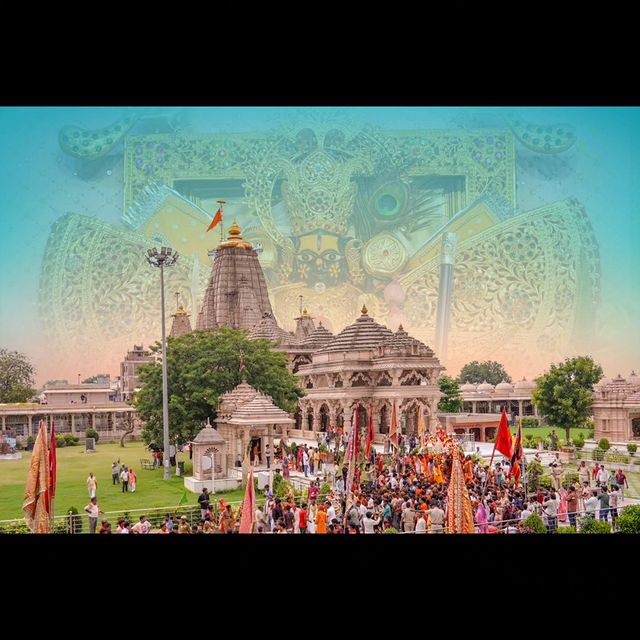
Situated about 20 kilometers north of Chittorgarh, Nagari was once one of the most prominent cities in Rajasthan during the Mauryan period. Known historically as “Madhyamika,” the town is of immense archaeological importance. Excavations here have uncovered ancient inscriptions, coins, and remnants of Buddhist stupas, Jain temples, and Hindu shrines, highlighting its multi-religious past.
The small museum and the ruins scattered around offer a quiet but profound journey through time. Nagari is perfect for travelers keen on exploring Rajasthan’s ancient history beyond its forts and palaces.
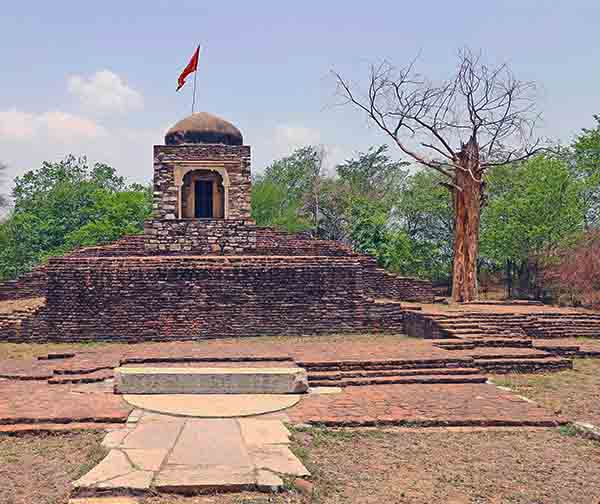
For those who seek nature and tranquility, the Bassi Wildlife Sanctuary, located about 25 kilometers from Chittorgarh, is a true hidden treasure. This protected area is spread over 15,000 hectares and is home to a variety of animals including panthers, wild boars, antelopes, and numerous bird species.
The sanctuary also encompasses the Orai and Bassi dams, which provide excellent picnic spots and birdwatching opportunities. Unlike the more popular Ranthambore or Sariska, Bassi offers solitude and unspoiled wilderness.
Tip: You need prior permission from the forest department for entry, so plan accordingly.

Located about 90 km from Chittorgarh in the Pratapgarh district, the Sitamata Wildlife Sanctuary is not only a haven for nature enthusiasts but also has a strong mythological connection. It is believed that Goddess Sita spent her exile in this forest, which adds a layer of reverence to its natural beauty.
The sanctuary is known for its rich biodiversity, especially the elusive flying squirrel and rare medicinal plants. The forested area, gushing rivers, and tribal settlements make this sanctuary an offbeat experience worth having.
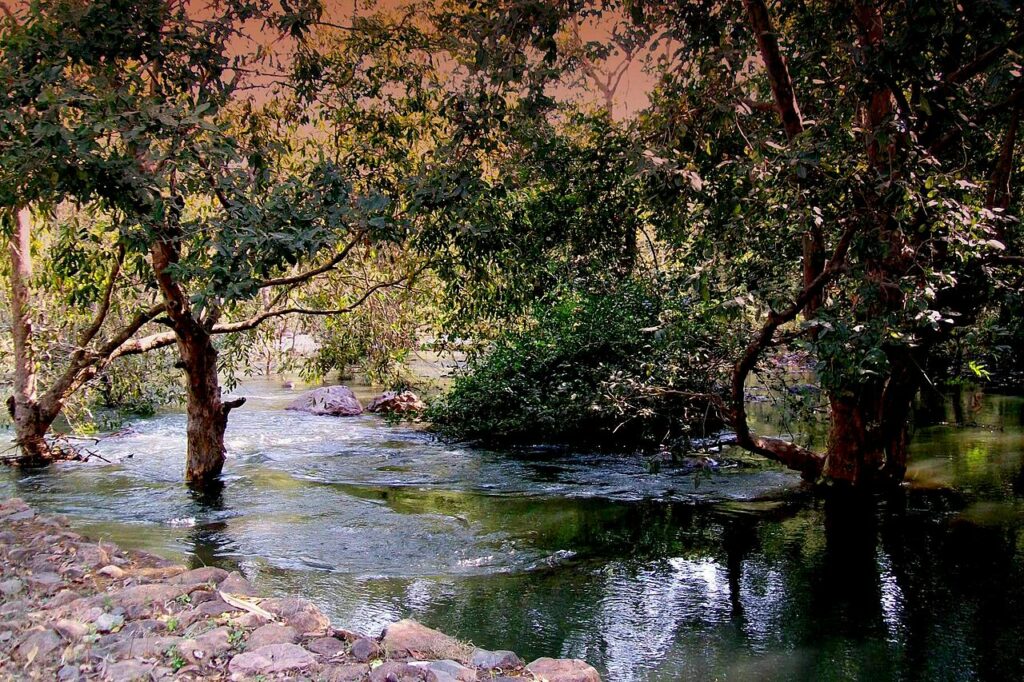
About 110 km away near Rawatbhata, in the Baran district, lies a complex of ancient temples known as the Baroli or Badoli Temples. These temples date back to the 9th century and reflect early Gurjara-Pratihara architectural styles.
Dedicated mainly to Lord Shiva and Vishnu, the temples are relatively unknown to most tourists, making them ideal for photography, meditation, and exploration. The quiet surroundings, lush greenery, and detailed stonework give it a mystical aura.
Pro tip: Combine this trip with a visit to the Rana Pratap Sagar Dam nearby for a full-day excursion.

While most visitors focus on the grand Rana Kumbha Palace or Padmini Palace inside the Chittorgarh Fort, the Ratan Singh Palace, located on the eastern side of the fort complex near Ratneshwar Talab, often gets overlooked.
This palace offers stunning views, serene surroundings, and fewer crowds. The fortifications, temple inside the palace, and the adjacent water body make it a picturesque yet peaceful spot ideal for a quiet exploration of royal Rajput architecture.
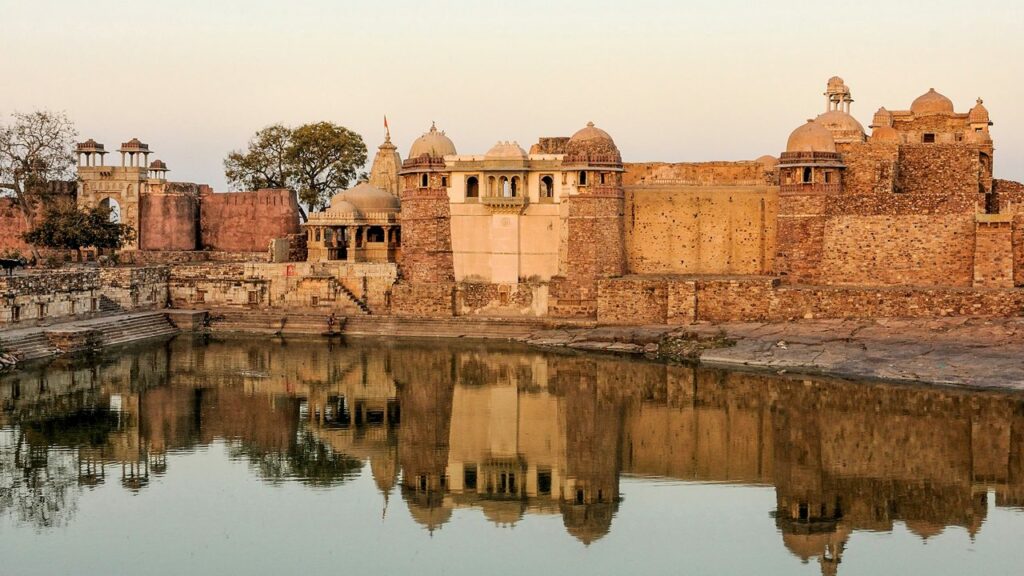
Situated near the banks of the Gambhiri River, Chandreshwar Mahadev Temple is a lesser-known cave temple dedicated to Lord Shiva. The temple is enveloped by natural beauty and exudes spiritual calmness, especially during the early morning hours.
Locals often visit this place for rituals and peaceful moments, but it remains hidden from the radar of mainstream tourists, making it ideal for a meditative break.
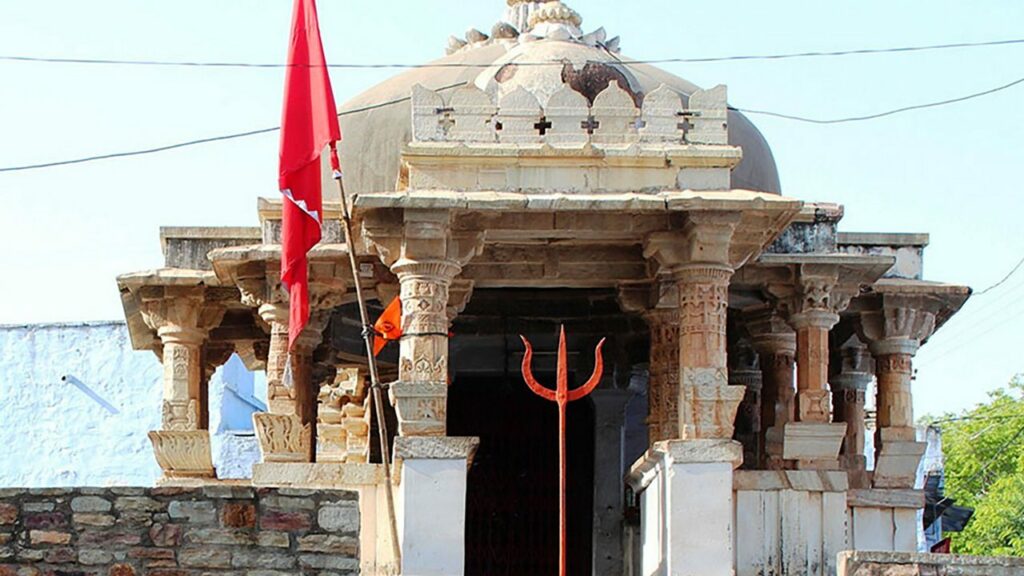
Just a two-hour drive from Chittorgarh, Bhainsrorgarh Fort stands majestically on a cliff overlooking the Chambal River. This stunning site, surrounded by water on three sides, offers breathtaking panoramic views.
Today, part of the fort is converted into a heritage hotel. Staying here allows you to experience regal hospitality, serene riverside sunsets, and local village culture. Unlike popular tourist hubs, Bhainsrorgarh offers exclusivity and tranquility—perfect for a romantic getaway or a reflective retreat.
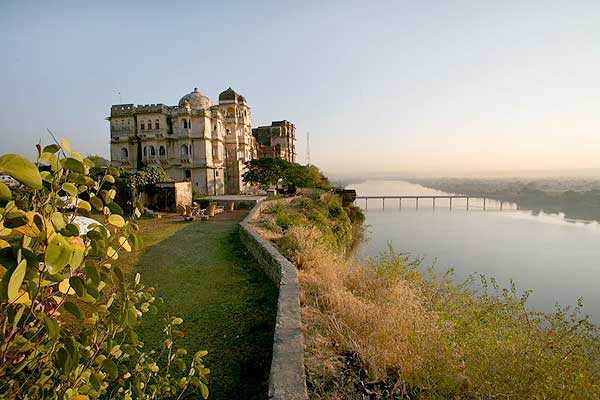
Around 130 kilometers from Chittorgarh, the town of Deogarh is known for its palace, fresco paintings, and peaceful vibe. Deogarh Mahal, now a heritage hotel, is a sprawling complex offering a unique stay experience with traditional Rajasthani charm.
The nearby Dashavatar Temple, dedicated to Lord Vishnu and built in the Gupta era, is an architectural and historical wonder, with detailed carvings and a timeless feel.
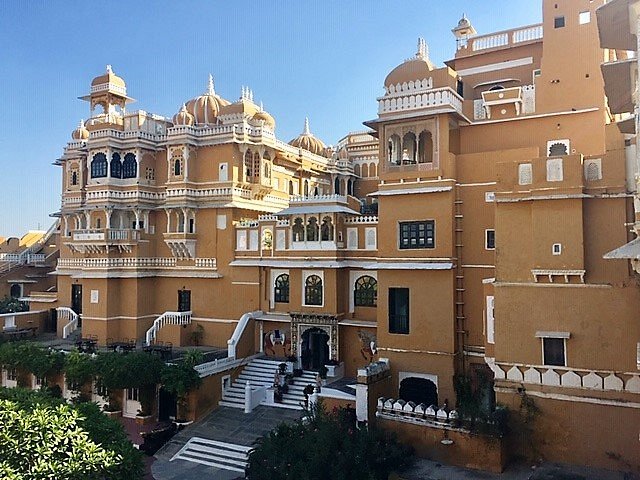
While Chittorgarh Fort and its immediate attractions are undoubtedly remarkable, the region’s true charm lies in these hidden gems waiting to be explored. Whether you’re a history enthusiast, a nature lover, a spiritual seeker, or a curious wanderer, the surroundings of Chittorgarh offer an incredible array of experiences that go beyond the guidebooks.
Exploring these lesser-known places gives you a deeper understanding of the region’s historical layers, mythological roots, and natural beauty. They also allow for more intimate and personal encounters with Rajasthan’s culture, far from the crowds and commercialization of major tourist hubs.
So, the next time you’re in Chittorgarh, go beyond the fort walls and discover the stories etched in stone, whispered by the rivers, and sung by the winds of these hidden gems.
© All rights reserved. Designed by Digital Darpan – Digital Marketing Company in Udaipur.